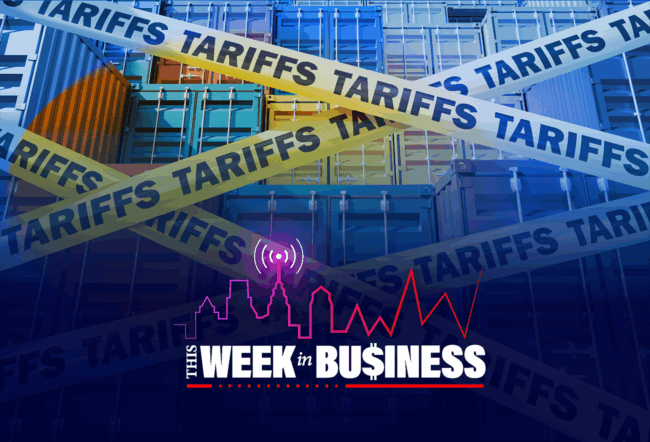The stock markets are unlikely to continue their bull run of the past year in 2022 with investors eying other opportunities as interest rates rise, according to Wharton finance professor Itay Goldstein. Federal Reserve officials last week projected at least three quarter-percentage-point rate increases next year, signaling their concern over rising inflation. The Fed also stated that it would reduce its asset purchases next year as part of a tighter monetary policy.
“Now that interest rates will start going up, maybe it will give people other alternatives, and maybe this will start reducing prices in the [stock] market,” Goldstein said in an interview on the Wharton Business Daily radio show that airs on SiriusXM. (Listen to the full podcast above.) “I don’t know if I expect a major pullback, but certainly I wouldn’t bet on prices to continue to go up the way they did [in 2021].”
Goldstein said the steep rise in stock prices this year pointed to a dearth of investment opportunities. “People don’t have many places to put their money,” he noted. “The interest rates that they can get on risk-free investments are low, so they continue to look for investment opportunities and they put their money in the stock market. They put their money in real estate. They start looking for all sorts of other investment opportunities [such as] cryptocurrencies and NFTs (non-fungible tokens, which are digital assets that represent real-world assets). Across the board, prices are high, and people are just looking for more and more investment opportunities.”
Goldstein said concerns over inflation will continue to fuel volatility in the stock markets in the year ahead. “Some of the uncertainties about inflation are playing into what we see in the market,” he said. “We’re going to continue to see a bumpy ride, but with a pretty high level of risk given the high levels of prices overall.”
Role of ESG Investing
One notable feature of investment flows in 2021 has been the growth of sustainable investing based on ESG factors (or adherence to environmental, social and governance values). At the end of the third quarter of 2021, U.S. sustainable funds saw net inflows of $15.7 billion, according to Morningstar data.
According to Goldstein, ESG investing has been dominated by environmental factors, and he expected that trend to continue with the increasing concern over climate change. “Some of the pressure is not going just towards politicians, but it’s also going towards the business sector and the idea that the business sector has to contribute its part and do something for society,” he said. “The environmental [aspect] is going to keep getting momentum and [it is] something that firms will have to invest in. Certainly, that will be reflected in those stock prices.”
At the same time, Goldstein said the role of ESG factors in driving stock prices isn’t always clear. He classified investors in two groups: traditional investors who want to see firms generating cash flows and profits and the so-called ESG investors who are not looking just at profits and cash flows, but also “firms that are going to do good for society that emphasize the ESG components.”
The investment behavior of those two groups “generates a little bit of a confusion,” Goldstein said. “When you look at the price of a stock, what is it? Is it reflecting good cash flows and fundamentals or is it reflecting good ESG components? We’re going to continue to see this kind of confusion in asset prices going forward.”



